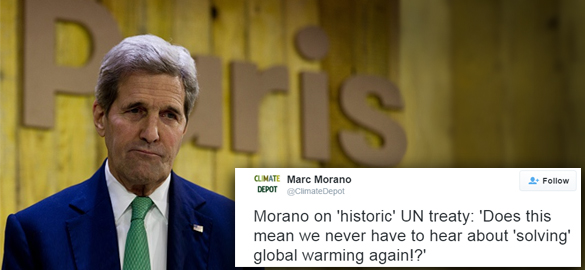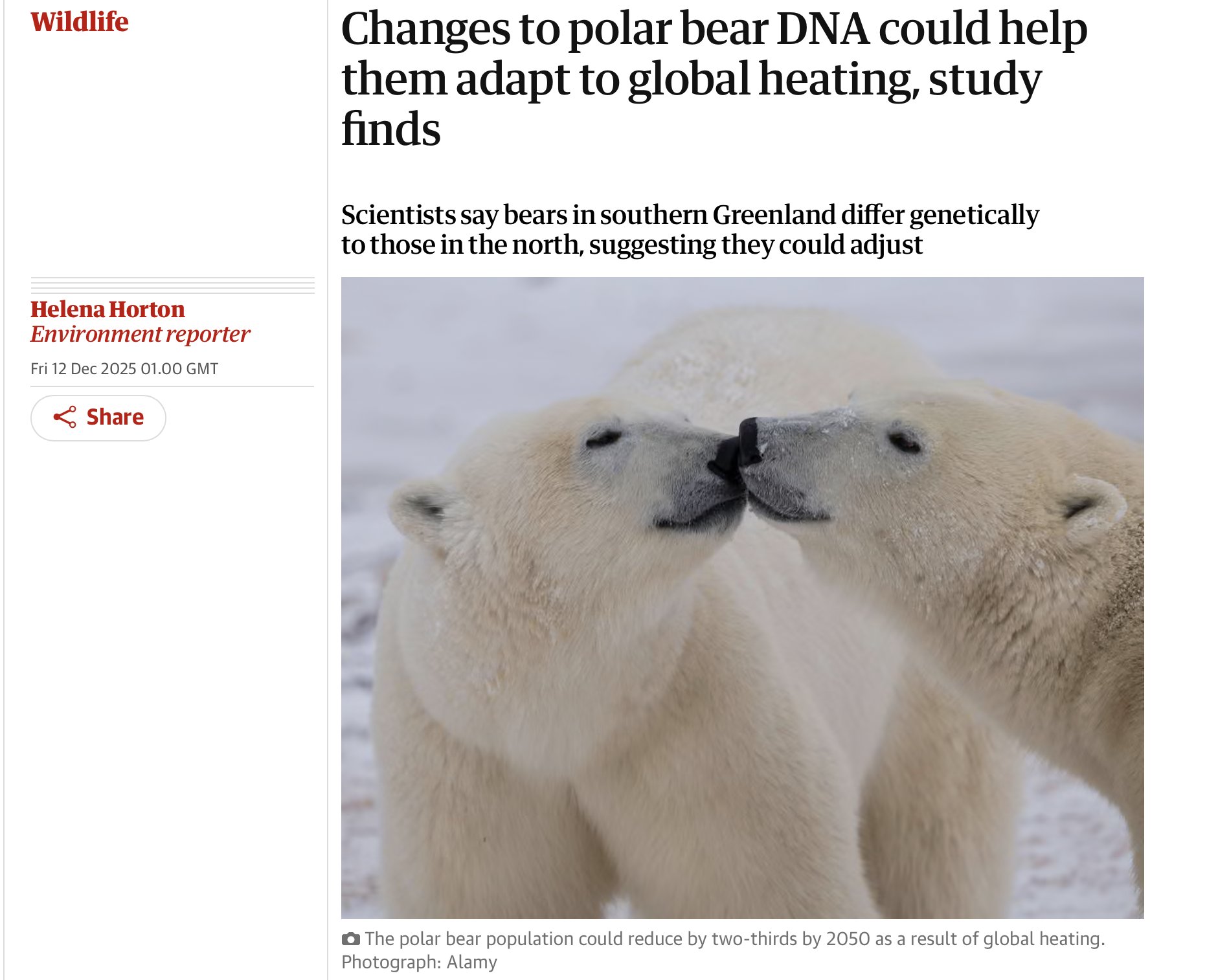https://nypost.com/2020/04/21/50-years-after-the-first-earth-day-the-planets-doing-pretty-well/
By Bjorn Lomborg
Wednesday marks the 50th anniversary of Earth Day and the birth of the modern environmentalist movement. Half a century later, we might pause and ask: How is our planet doing? The answer: pretty well, actually.
We have much to celebrate — and much to think about as we consider ways we can make the next 50 years more effective.
Many Westerners are surprised to hear that the environment is improving. A lot. This surprise owes to an unfortunate flip side of the Earth Day legacy, which too often can focus on doom and gloom, making us despondent and driving poor policies.
Early environmentalism from the 1970s helped focus societies on important environmental priorities such as polluted rivers — the Cuyahoga River even infamously caught fire in 1969 — and fouled air, with soot and smog killing millions.
Here, we’ve made great strides. Most bodies of water in rich countries are much cleaner, since we are prosperous enough to clean up our messes.
In America, for instance, a recent comprehensive study showed that “water pollution concentrations have fallen substantially” over the past 50 years. And a stunning 3.8 billion people in the world have gained access to clean drinking water since the 1970s.
Air pollution, the world’s biggest environmental killer, has seen even greater improvements. Outdoor air pollution has declined dramatically in rich countries, in no small measure due to attention from the 1970 Earth Day and the legislation it inspired, such as the landmark US Clean Air Act enacted later that year.
For the world’s poor, the deadliest air pollution is indoors. Almost 3 billion of the world’s poorest still cook and keep warm with dirty fuels like dung, cardboard and wood, and the World Health Organization estimates the effects are equivalent to smoking two packs of cigarettes daily.
Since 1970, the death risk across the world from indoor air pollution has been cut by more than half.
Despite the amazing progress, both indoor and outdoor air pollution still kill 8 million people annually. At least 2 billion people still use drinking water sources contaminated by feces. So, for the next 50 years, we still have our work cut out for us.
But curiously, this isn’t our typical environmental conversation. We don’t emphasize enormous improvements, and we don’t focus on our vital, unfinished business in water and air quality. Instead, the standard story is how the environment is getting ever worse — how we’re hurtling toward catastrophe. This tradition also started with Earth Day.
By 1970, many leading environmentalists were predicting the end of the world. Stanford ecologist Paul Ehrlich was perhaps the leading apocalypse proponent. For Earth Day, he predicted that environmental deterioration would kill 65 million Americans, and that globally, 4 billion would die before the year 2000. Life magazine also saw impending doom, predicting air pollution would be so bad that Americans would have to wear gas masks by the 1980s — and that pollution would block half the sunlight.
Not only were these predictions spectacularly wrong, but they were outlandish when first made. Yet in a world where more alarm gets more attention, they started a trend of framing environmental issues in worst-case ways. The tone scares, it depresses — and it likely skews our focus and spending.
Today, climate change takes up the vast majority of the environmental conversation, and it is definitely a real problem. However, it also is too often framed in exaggerated fashion, with predictable results: A new survey shows that almost half of humanity believes global warming likely will make humans extinct.
This is entirely unwarranted. The UN Climate Panel finds that the overall impact of global warming by the 2070s will be equivalent to a 0.2 to 2 percent loss in average income. That is a problem. It isn’t the end of the world.
Such fear also makes us prioritize poorly. Climate change mitigation today costs more than $400 billion each year in renewable subsidies and other costly climate policies. Yet, we spend much less on making water and air cleaner for the billions with basic needs.
We can rightly look back on Earth Day with pride for the attention it brought to the environment. But we need to curb the exaggerations, to make sure we actually leave the environment in the best possible state.
Bjorn Lomborg is president of the Copenhagen Consensus and a visiting fellow of the Hoover Institution, Stanford University. His upcoming book is “False Alarm.”



